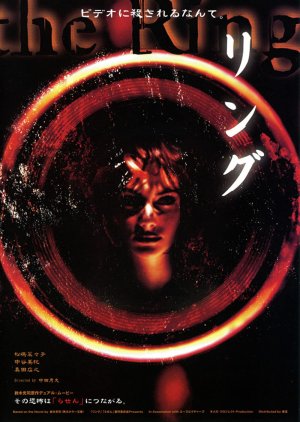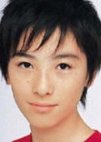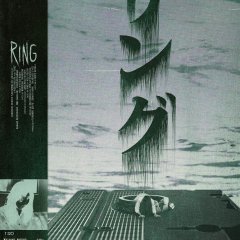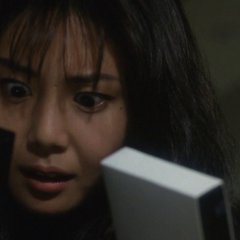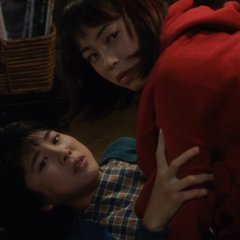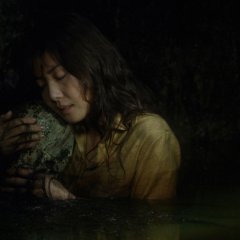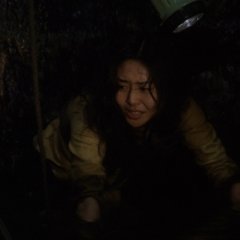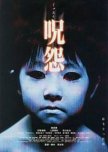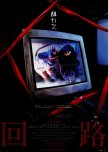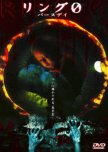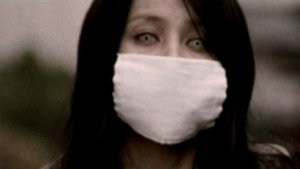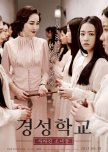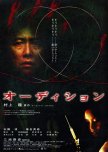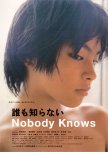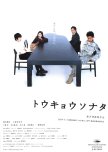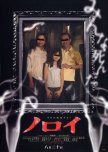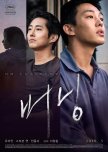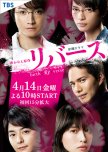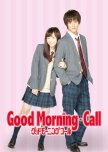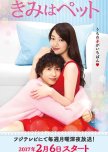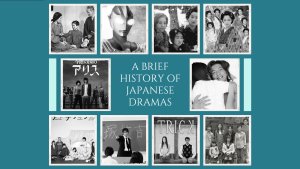 A Brief History of Japanese Dramas
A Brief History of Japanese Dramas Two teenagers, Masami and Tomoko, talk about a videotape recorded by a boy in Izu which is fabled to bear a curse that kills the viewer seven days after watching. Tomoko reveals that a week ago, she and three of her friends watched a weird tape and received a call after watching. Tomoko goes downstairs and witnesses her TV turn on by itself. She later hears startling noises and turns around, only to be killed by an unseen force. Days later, Asakawa Reiko, a reporter investigating the popularity of the video curse, discovers that her niece Tomoko, and her three other friends, mysteriously died at the same time, on the same night, with their faces twisted in fear. She also discovers that Masami became insane from witnessing Tomoko's death and is institutionalized in a mental hospital. After stumbling upon Tomoko's photos from the past week, Reiko finds that the four teenagers stayed in a rental cabin in Izu. (Source: Wikipedia) ~~ Adapted from the novel "Ring" (リング) by Suzuki Koji (鈴木光司) Edit Translation
- English
- 한국어
- Русский
- Polski
- Native Title: リング
- Also Known As: Ringu , The Ring
- Director: Nakata Hideo
- Screenwriter: Takahashi Hiroshi
- Genres: Mystery, Horror, Supernatural
Where to Watch Ring
Cast & Credits
- Matsushima Nanako Main Role
- Sanada HiroyukiTakayama RyuujiMain Role
- Otaka RikiyaAsakawa YoichiMain Role
- Takeuchi YukoOishi TomokoSupport Role
- Nakatani MikiTakano MaiSupport Role
- Matsushige YutakaYoshino KenzoSupport Role
Reviews

I honestly love this story. The ghost girl Sadako is... excuse me- awesome. She's a cool ghost! :D I love the kinds of events that take place in the film. The protagonist's character is excellent. The writer of the novel is nothing short of a genius because he twisted the original folktale in his own way. The director also adapted the novel in a different way and made it stand out. The direction is great. Kudos to the screenplay writer too! Most of the horror films made never make sense, but this one does. The backstory almost feels deep.
It has a nice piano tune in some of its scenes. The rest of the film is comparatively quiet and moves at a consistent pace. The ending was left in such a way that it was fulfilling as well as it left room for infinite sequels.
For me- this film is one of the few masterpieces in the horror genre. I can watch it any number of times and not get bored. Highly recommended!

How ‘ Ring’ Inspired A Phenomenon…
Gore Verbinski’s American remake ‘The Ring’ (2002) has arguably left a lasting impression on those who have initially seen the Hollywood movie of iconic ghosts with long hair crawling out of TVs and creating a moderately-successful horror movie with a quick formula. However the original 1998 Japanese version of the movie, Hideo Nakata’s ‘ Ring’ arguably outshines its American successor by remaining a flawed yet hidden classic that truly kicked off the wave of J-Horror onscreen.
The film focuses upon Reiko (Nanako Matsushima); a workaholic TV reporter and single mother to son Asakawa Yoichi ( Rikiya Otaka). Reiko comes across a a disturbing urban legend story about a VHS tape that has creepy occult images and puts a death-curse on the viewer. After it is finished, the viewer will receive a phone call, and within a week, will die. When Reiko watches it for herself and alongside leading man Takayama Ryuuji ( Sanada Hiroyuki) is determined to get to the bottom of the ominous tape.
Interestingly the origins of ‘ Ring’ were certainly different form expectations. Hideo Nakata and screenwriter Takahashi Hiroshi sourced the material from Koji Suzuki’s novel ‘ Ring’; a storyline that downplayed the supernatural for pseudo-science fictions and metaphors. However instead of taking Suzuki’s concept word for word, Nakata notably placed the storyline in the tradition of Japanese Yōkai and Yūrei stories with evident inspirations taken from horror classics such ‘ Poltergeist’ and ‘ Videodrome’ interweaving their way into the movie.
The executed storyline of ‘ Ring’ admittedly had its highs and lows. Indeed the movie is disturbing and well-composed cinematic shocks truly delve into the horrifying vision of Nakata’s ghost story. However with confusing narrative coils as the storyline progresses, it could sometimes make plot-progression tedious.
None so could this be so apparent with main female lead Reiko; an intriguing character, who as the main protagonist, had so much potential to be well-explored and learn to mature from her experiences. Instead Nakata could sometimes create an agonising experience of Reiko constantly flittering mood without rhyme or reason before suddenly taking the back bench for most of the events of the movie in order to make way for the unlikely swashbuckling hero of the hour Takayama.
It isn’t necessarily out of the question for the movie to highlight Reiko’s quest for help and clarity during her search for answers. However considering the relevance of Reiko as a main and quintessential character throughout the events of the series it seemed odd we rarely had opportunities to see Reiko become a more well-defined character as well as importantly, delve deeper into her initially estranged to “ loving” relationship with her son, Yoichi.
Nevertheless it is intriguing to note that whilst the plot did have many loose ends which were never truly clarified during the events of the movie, Nakata had a surprisingly artistic eye to small details throughout scenes. Lacking obtrusive shots created an immersive experience with viewers ( despite the low-budget) and helped to present focus upon evident metaphors throughout the film. Most strikingly this appeared in later events through a captivating shot on static of the well; a metaphor for the parallel isolation and alienation of its main female lead. Dark lighting or vertical structures further emphasised the kind of estrangement. Reiko and her son’s living quarters are filled with a shadow of melancholia; isolated from one another in a microcosm world devoid of warmth.
Even the soundtrack composed by Kawai Kenji captivated the ambience of the movie; sparse and rarely used until acting as a warning bell towards the few spooky atmospheric cues at tense moments thrown into the mix.
‘ The Ring’ is not a perfect film with a lot of bamboozlement and division towards the final cut. Nevertheless whilst it has arguably remained dated on its presented roles of characters and technology, there’s something ineffably timeless about the ideology of fear and suspense transcending generations in ‘ Ring’ with masterful execution by Hideo Nakata presenting one of the well-deserved classic primogenitures to the J-Horror movement.

